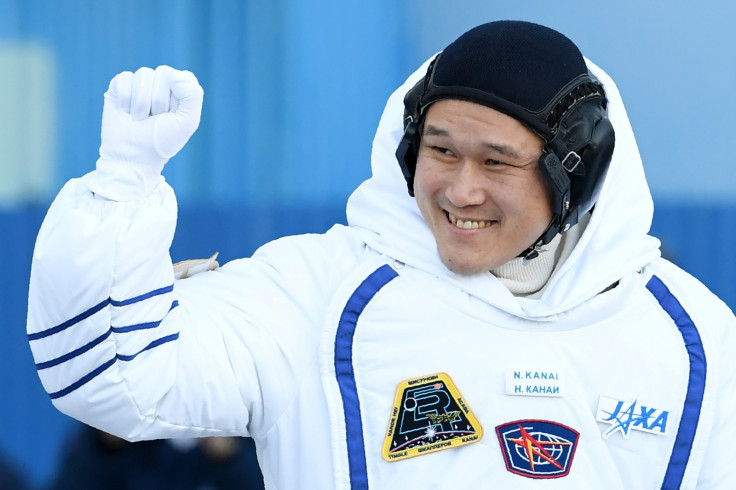Astronaut apologises for lying about 9cm growth during space trip
Size-challenged astronaut put on only 2cm.

It was the biggest space-related news on Earth on Tuesday (9 January) but it turns out it was all fake. Japanese astronaut Norishige Kanai did not grow 9cm during his journey aboard the International Space Station (ISS).
Kanai has corrected his first report and said that he actually put on just 2cm. He apologised for spreading fake news.
"Although it was a measurement error, it seems that it has become a serious topic. I am very sorry for the terrible fake news," he said.
His first tweet said: "Good morning, everybody. I have a major announcement today. We had our bodies measured after reaching space, and wow, wow, wow, I had actually grown by as much as 9cm!"
He said he had grown "like some plant" and was worried about whether he would fit in the Soyuz spacecraft seat when he returned.
Some Soyuz models often have severe height restrictions.
Japanese Twitter users did not condemn the astronaut for his mistake and many expressed relief that their fellow citizen was okay.
Kanai made his debut trip to the ISS on 19 December. He will be aboard the station for just under six months.
Growing a few centimetres while in space is a natural thing because the lack of gravity causes the spine to stretch. Astronauts gain 2cm-5cm during their journeys, but eventually revert back to their original height after a few months back on Earth.
The ISS introduced a new ultrasound machine to make astronauts' height measurements more accurate on Sunday (7 January) ."Today there is a new ultrasound device on the station that allows more precise musculoskeletal imaging required for assessment of the complex anatomy and the spine," principal researcher Scott Dulchavsky said.
The astronauts travelling to the ISS will have to be taught how to use this ultrasound machine. It will allow them to understand and record what happens to their spines while they are onboard the ISS. It will also help Nasa to ease its astronauts' return to Earth. Astronauts will use this device this month to monitor how they grew after 30, 90 and 150 days in space. Researchers will have access to this data and see the progression in real time.






















